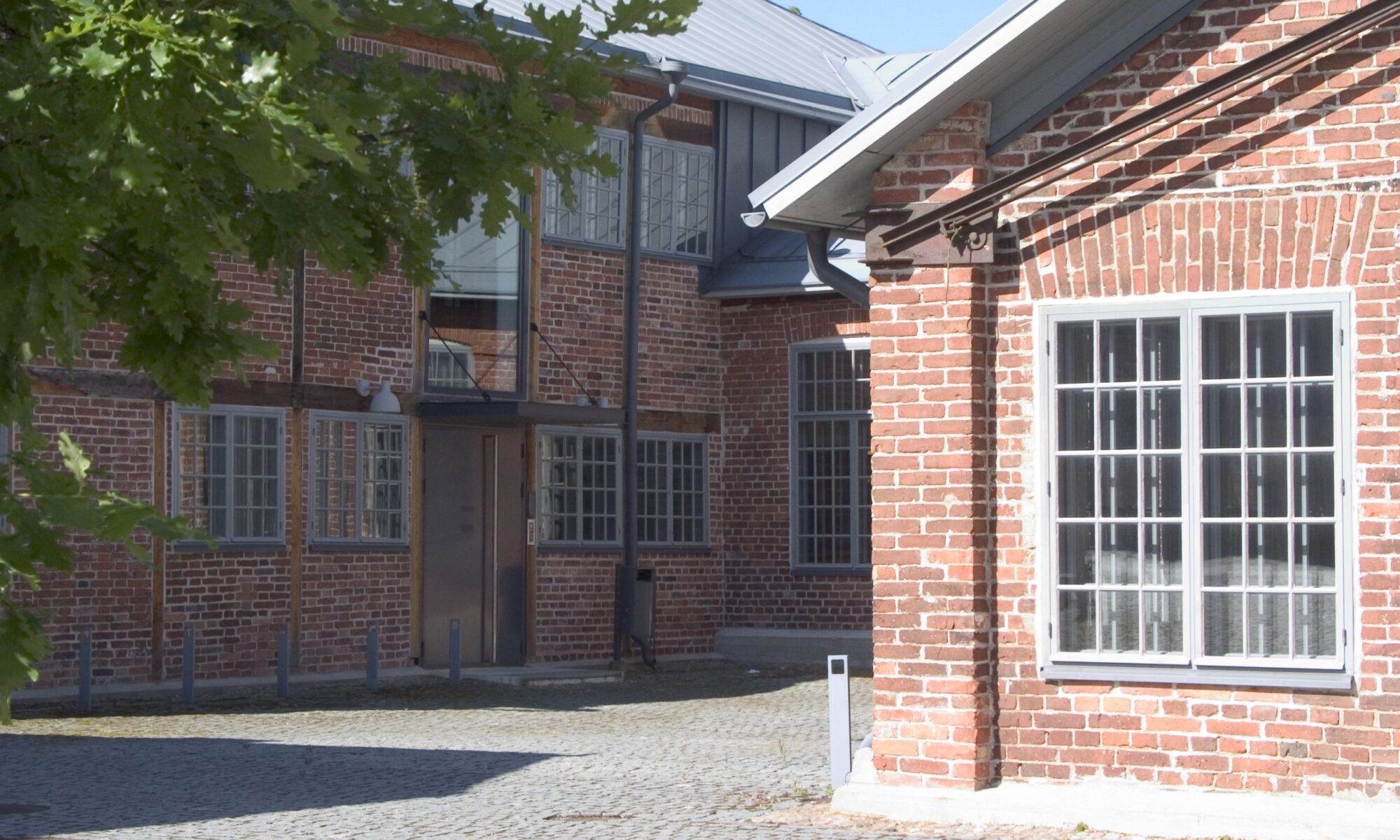Mariann Proos, University of Tartu
Maria Reile, University of Tartu
Vague quantifiers, such as few, some, most, are words that refer to an underspecified amount of things. They do not directly map onto an exact numeric system, but are rather argued to map onto a separate, approximate numeric system (Coventry et al., 2010). The mapping can be influenced by a number of different factors, such as linguistic frequency of the expression (Newstead & Collis, 1987), the spatial arrangement of the objects in relation to background objects (Coventry et al., 2010; Newstead & Coventry, 2000), and the number of objects vs. the number of background objects (Coventry et al., 2005).
In this paper, we report results from an experiment with two Estonian quantifiers: paar ’a couple’ and mõned ’some’. Both of these quantifiers are used to express a small, countable amount of something, as in Poisil on paar õuna ’The boy has a couple of apples’ or Poisil on mõned õunad ’The boy has some apples’. Paar has a strong connotation of mapping onto two objects, and similarly to English pair and German Paar, the Estonian paar also refers to entities that are composed of two parts (e.g. paar kääre ‘a pair of scissors’). Furthermore, Pezzelle et al. (2018) have found that there seems to be a larger perceived difference between the categories of small-amount quantifiers than large-amount quantifiers, i.e. there is a larger difference between few and some than between many and a lot. Considering the latter and the etymology of paar, mõned õunad and paar õuna should refer to a different amount of apples. Nevertheless, paar and mõned can also be used seemingly interchangeably, as in õues on paar kraadi sooja ‘there are a couple of plus degrees outside’ vs. õues on mõned kraadid sooja ‘there are some plus degrees outside’. This raises the questions of which parts of the numeric scale paar and mõned actually occupy, and under which conditions.
We use a picture choice paradigm to investigate the scope of paar and mõned. Participants see a sentence such as Poisil on paar õuna ‘The boy has a couple of apples’ and they have to choose a picture that best matches the sentence. On each picture, there is a different number of target objects. We explore two conditions in the experiment: one with only target objects, and one with the addition of non-target background objects. From the two stimulus pictures simultaneously shown to the participant, we expect to see paar consistently matched with the picture that depicts fewer objects (even if the number of objects is greater than two) and mõned to be matched with the picture that depicts the larger number of objects.
References
Coventry, K. R., Cangelosi, A., Newstead, S. E., Bacon, A., & Rajapakse, R. (2005). Grounding natural language quantifiers in visual attention. In B. G. Bara, L. W. Barsalou, & M. Bucciarelli (Eds.), Proceedings of the 27th Annual Conference of the Cognitive Science Society (pp. 506–511).
Lawrence Erlbaum Associates, Publishers. Coventry, K. R., Cangelosi, A., Newstead, S. E., & Bugmann, D. (2010). Talking about quantities in space: Vague quantifiers, context and similarity. Language and Cognition, 2(2), 221–241. https://doi.org/10.1515/langcog.2010.009
Newstead, S. E., & Collis, J. M. (1987). Context and the interpretation of quantifiers of frequency. Ergonomics, 30(10), 1447–1462. https://doi.org/10.1080/00140138708966038
Newstead, S. E., & Coventry, K. R. (2000). The role of context and functionality in the interpretation of quantifiers. European Journal of Cognitive Psychology, 12(2), 243–259. https://doi.org/10.1080/095414400382145
Pezzelle, S., Bernardi, R., & Piazza, M. (2018). Probing the mental representation of quantifiers. Cognition, 181, 117–126. https://doi.org/10.1016/j.cognition.2018.08.009
